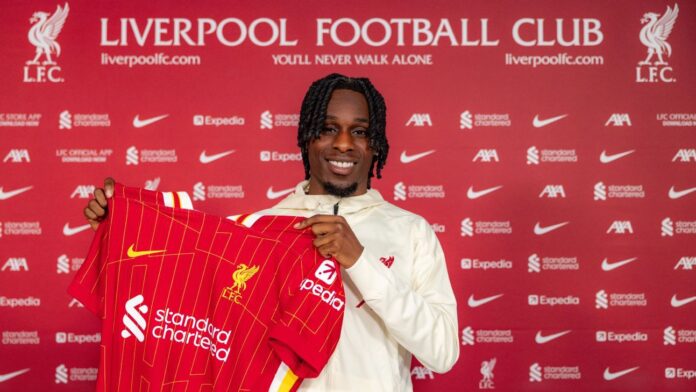And just like that, the transfer window is closed.
Now depending on where you’ve been for the past few weeks, you might be asking yourself two questions:
1. Is that a “Sex and the City” reference?
2. Wait, what?
To the first question: Of course it is. Bring back Samantha.
And to the second: With the Club World Cup kicking off this past weekend and set to stretch all the way through mid-July, FIFA gave all of the leagues with teams participating in the tournament the opportunity to briefly open their transfer windows ahead of schedule.
So, the window was open from June 1 through June 10. It then opened back up for the Premier League on June 16, with everyone else around Europe starting again July 1, and will close again on Sept. 1.
There has already been quite a bit of official and unofficial action — and almost all of it came from the richest clubs in the world. Real Madrid, Liverpool, and Manchester City have spent significant sums of money on multiple players. Chelsea signed someone because, well, duh, it’s Chelsea. And Manchester United appear dead set on remaining Manchester United.
It’s still early in the summer, but we’ve already learned a lot about all of these teams. Here’s what we know, from what we’ve seen so far.
 Liverpool: They want to run — and win
Liverpool: They want to run — and win
Liverpool have technically only signed one player so far, spending €40 million to land Bayer Leverkusen‘s 24-year-old right wing-back Jeremie Frimpong. But ESPN reported last week that the club had agreed to another deal with Leverkusen: €117 million — with add-ons potentially going up to €136 million — for 22-year-old attacking midfielder Florian Wirtz. On top of that, it seems likely they’re going to eventually add Bournemouth‘s 21-year-old left back Milos Kerkez.
To start, that’ll be somewhere in the €200 million range for three players … for the team that just won the Premier League with four games to spare. While Liverpool’s ownership can’t compete with the likes of Manchester City, Real Madrid and Paris Saint-Germain in terms of raw spending power, they will clearly spend if they think they have found the right player.
Liverpool broke the transfer records for a defender and a goalkeeper respectively — and that brought them Virgil van Dijk and Alisson Becker. They clearly feel the same way about Wirtz, but they were willing to spend significantly more on him because he is only 22 and plays one of the premium positions in the sport.
Now it’s still a huge risk to lock up this much money on one transfer. Combining Wirtz’s estimated salary and transfer fee, the move will cost Liverpool around £40 million per year. He could simply get hurt, not like playing in England, not translate his game to Premier League, or fall prey to any of the other many reasons transfers fail. He has to be a superstar for this deal to be a success.
But as Los Angeles Dodgers president of baseball operations Andrew Friedman put it a few years ago: “If you’re always rational about every free agent, you will finish third on every free agent.” Players such as Wirtz who are still years away from their peak but already producing at a superstar level become available once every two or three years. And even more rarely do they want to live in Liverpool. Unless you’re Real Madrid and you can convince players to run down their contracts then come sign with you, you can’t acquire a player such as Wirtz for an “efficient” amount of money.
So, what might the acquisitions of Wirtz, Frimpong, and Kerkez tell us about the vision for the future version of Liverpool? It’s still not quite clear how these players fit together tactically, and there will still be a few more shoes to drop. But they all fit a very similar physical profile: they run fast.
For all of his supreme technical skill, Wirtz is just as good off the ball. He is as good at running into areas to receive forward passes as he is at dribbling forward or making those passes himself. Per PFF FC, Wirtz made 88 high-speed runs per 90 minutes (20 to 25 kilometers per hour), along with 25 sprints (more than 25 kilometers per hour). Only Luis Díaz sprinted more often for Liverpool last year (28), while no one matched Wirtz’s high-speed run output of 89 per 90 minutes.
Frimpong and Kerkez are even more impressive without the ball.
Among defenders across Europe’s Big Five top leagues, only three sprinted more often per 90 than Frimpong at 28 sprints — and only nine players recorded a higher max speed than his 35.23 kilometers per hour. While Kerkez’s peak outputs can’t match Frimpong’s, his raw totals are even better. He is one of only two defenders across the Big Five leagues — along with Crystal Palace’s Daniel Muñoz, who is one of the most athletic full backs/wing backs in the history of the sport — to sprint at least 1,000 times this past season. And he is one of only three to make at least 3,000 high-speed runs.
In Wirtz, Liverpool have a player who can contribute at a star level while Mohamed Salah and Van Dijk are still around — and he then can become the guy once they’re gone. And in Frimpong, and possibly Kerkez, you have two guys who can fill all of the gaps created by the physical decline of the team’s two best players, as well as replacing Trent Alexander-Arnold and Andy Robertson long-term. If these signings indicate anything, it’s that Liverpool wants to win now — and in the future.
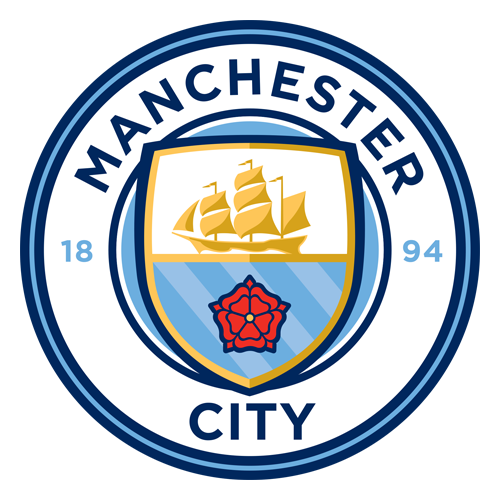 Manchester City: Don’t worry, Rodri will fix everything
Manchester City: Don’t worry, Rodri will fix everything
Ultimately, Manchester City’s 2024-25 season ended up looking quite similar to Liverpool’s 2020-21 campaign: the one when Van Dijk tore an ACL. A year after winning the title, both teams finished third: Liverpool with a plus-26 goal differential and 69 points, City with a plus-28 and 71.
In 2021-22, Van Dijk came back healthy, and Liverpool nearly won the quadruple. Based on City’s signings so far this summer, it seems as if they’re banking on the same thing happening with Rodri in this upcoming campaign.
City’s biggest issue last season was that whenever they lost the ball, they were completely hopeless. It looked as if they were playing the video game FIFA but the turbo button on their controller was broken. Teams would just run over, around and through their midfield if they were ever able to generate even a tiny head of steam.
You can see it in this chart. City allowed the fewest shots in the league, but the quality of those shots — as measured by expected goals per shot or npXGA — was the highest in the league. Overall, five teams allowed fewer xG than City last season.
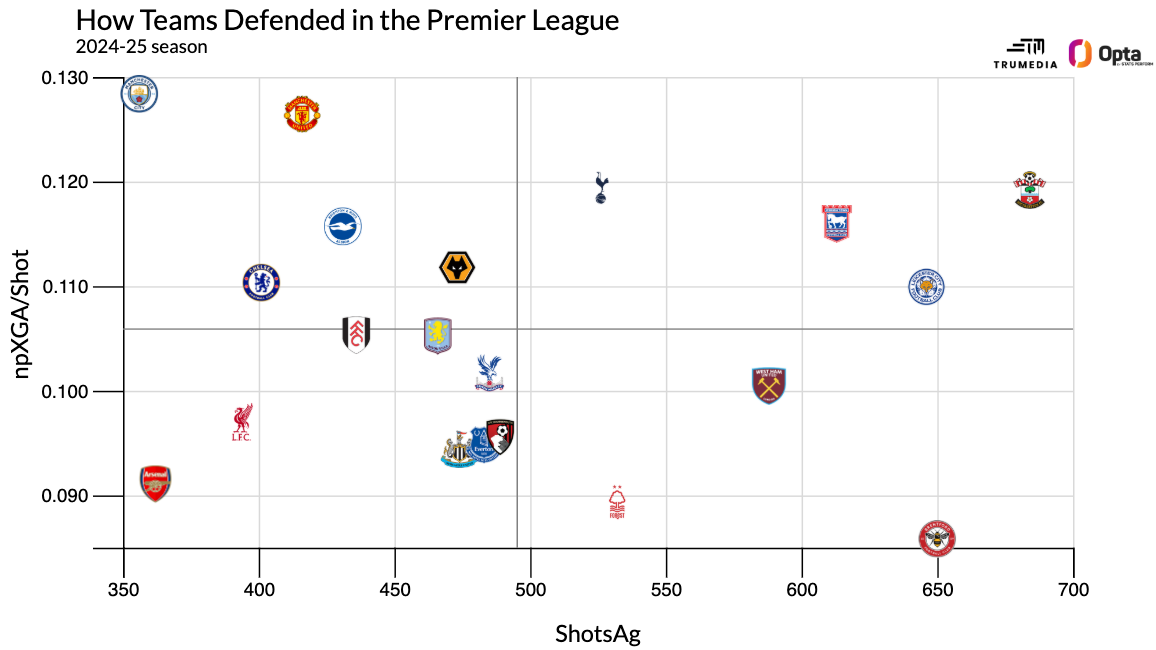
Yet it seems as if City view the solution to this problem as some combination of “keep even more of the ball” and “score even more goals.” So far, they’ve signed midfielder Tijjani Reijnders from AC Milan for €55 million, full back Rayan Aït-Nouri from Wolverhampton for €36.8 million, and attacking midfielder Rayan Cherki from Lyon for €36.5 million.
One thing they all have in common: good-to-great attacking production. Reijnders finished fourth in Serie A among traditional midfielders for a combination of expected goals and expected possession value added. In other words, how much value did you create before the shot and how valuable were the shots you got for yourself? Only Atalanta‘s Éderson, Inter Milan‘s Nicolò Barella, and Napoli‘s living deity Scott McTominay finished higher.
Aït-Nouri scored four goals and added seven assists for a bad Wolves team. Outside of moving the ball forward with passing, he contributed at an above-average level or better among full backs in all aspects of possession play.
And, well, Cherki has long been one of my favorite players in Europe. More than two years ago, I wrote the following words: “He’s also already way too good to be acquired for anything less than only the best teams in the world can afford.” And, well, City just got him for the going rate of an impact sub. Only two players aged 21 or younger created more value in possession across the Big Five leagues this season:
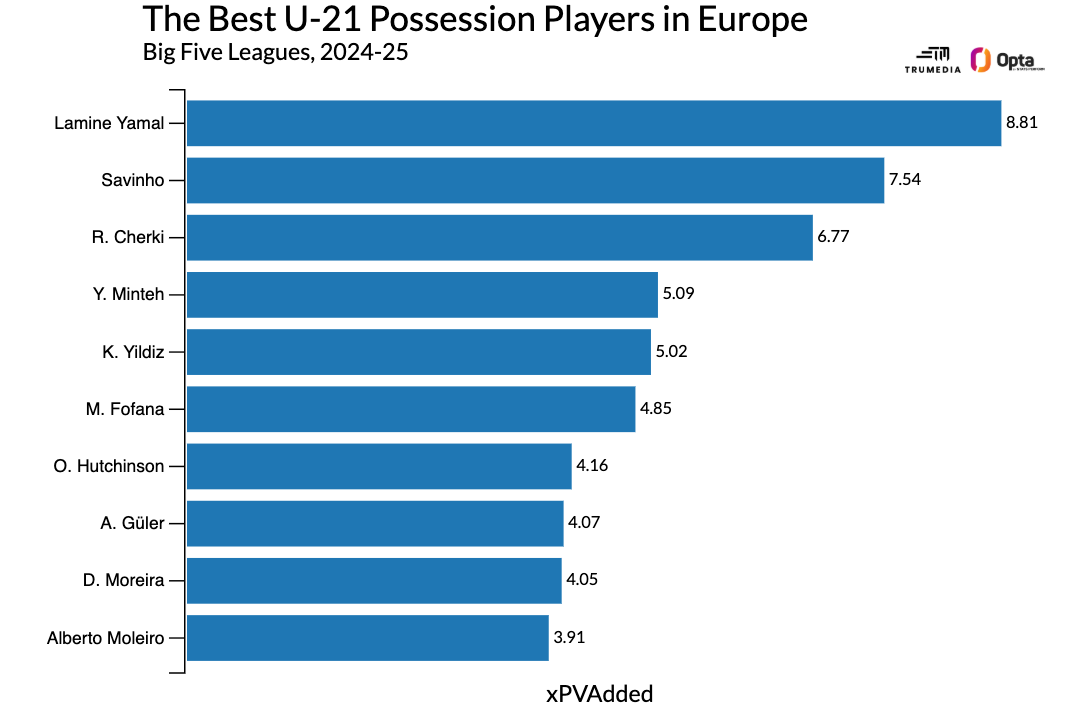
You can see how this all works from a holes-filling perspective: City haven’t had a genuine full back since João Cancelo and manager Pep Guardiola had a falling out. Aït-Nouri fixes that. Reijnders’ ability to make runs into the box evokes some memories of Ilkay Gündogan. And Cherki’s passing is as good as pretty much anyone this side of the Kevin De Bruyne, who recently left for Napoli on a free transfer.
The problem, though: none of these guys are great athletes or great defenders.
Aït-Nouri had his best season as a pro once he was moved to wing back and had less defensive responsibility. He’s fast, but we still haven’t seen him play at a consistent level of high intensity. And Reijnders and Cherki are genuinely below-average defenders at their positions.
To get max value out of Reijnders, you need him running into the box; and for that to work, you need other players to cover for him. And with Cherki, you need other players to cover for him because he just gives you almost nothing without the ball. Throw all of these guys into the mix and City are going to be even worse defensively than they were last season.
In other words: for these players to fit together, Rodri better be fully recovered by Aug. 16.
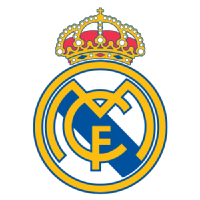 Real Madrid: They want it to be easy
Real Madrid: They want it to be easy
They almost did it again. Almost.
Last summer, Real Madrid got Kylian Mbappé to run down his PSG contract and join the club without a transfer fee. This summer, Real Madrid got Alexander-Arnold to run down his Liverpool contract and join the club without a transfer fee.
But then they got impatient. Liverpool didn’t have to release Alexander-Arnold from his contract until it expired on June 30, but the Club World Cup started on June 14. So, rather than wait two weeks, they paid Liverpool €10 million to bring him in early. This doesn’t feel like the result of a protracted, complicated negotiation. It feels like the amount of money you throw at someone to get them to shut up and make the deal. It’s also only 1% of their annual revenue — an absurd collection of words for multiple different reasons.
In addition to Alexander-Arnold, Madrid signed the best young center back on the market and the best teenage prospect available. Dean Huijsen is Spanish and just turned 20 in April. He was fantastic in his single season with Bournemouth and had a €59.5 million release clause in his contract. Madrid activated the clause, offered Huijsen a massive raise and the deal was done before last season even ended.
0:45
Huijsen reflects on ‘dream’ Real Madrid transfer
Dean Huijsen speaks about his move to Real Madrid and whether he wants to wear the No. 4 jersey.
It was a similar story with River Plate‘s 17-year-old Franco Mastantuono. It seemed as if he might be headed to PSG, but Madrid was his dream club. So, as the reporting goes, his agents dragged their feet and eventually Madrid came through with a bid to match his €45 million release clause. A few days later, he was signing with Madrid. Unlike with Alexander-Arnold and Huijsen, Real are letting Mastantuono stay with River Plate through the Club World Cup. Presumably, this made it easier to secure the deal.
When you have more official revenue and spending money than every other club in the world and you’re the dream club of so many of the best young players in the world, this whole team-building thing should be easy. Credit to Real Madrid for exploiting all of the different ways to make it so: waiting for players to come to them, activating release clauses and acting fast on players who send them a signal.
Plus, these players all make sense on this roster. I still have no idea what incoming coach Xabi Alonso is going to try to do with the team. He definitely will have more tactical ideas than the normal Madrid manager does. But beyond wanting to keep the ball, his three years at Leverkusen aren’t a big enough sample to tell us what he’s going to try to do at a new club, with a very different collection of players.
However, one of Madrid’s biggest problems last season was their inability to progress the ball up the field in any kind of systematic way. Well, Alexander-Arnold is a ball-progression system unto himself. And Huijsen was a brilliant ball carrier and passer as a teenager in the Premier League, the hardest league in the world in which to progress the ball. Mastantuono is more of a project — he literally has made only 16 league starts for River — but his passing and dribbling were out of this world for a player at his age.
With Huijsen and Alexander-Arnold now on the roster, and Benfica left back Álvaro Carreras likely to follow, this Real Madrid team already makes a lot more sense than it did last season.
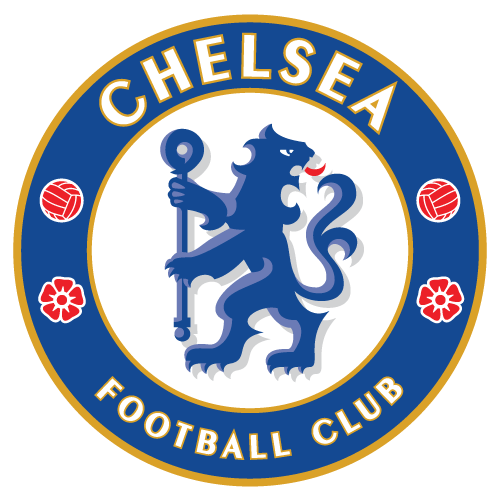 Chelsea: Value, value, value
Chelsea: Value, value, value
I write this basically every transfer season, and it remains true after the early-June mini-window: Chelsea Football Club are building a collection of undervalued players who only accidentally resemble a soccer team. If there’s a young player available who they can either sign for what they view as a below-market rate or whose contract will allow them to financially engineer a better accounting balance, they’re going to do it.
Case in point: the addition of Ipswich Town‘s Liam Delap for €35.5 million.
The 22-year-old scored 12 goals last season for one of the worst teams in the league. He is English and is a product of the Manchester City system. Players who tick all of those boxes tend to go for more than what Chelsea paid to free Delap from his contract.
It’s just hard to see how he fits in at Chelsea. He’s big and fast — but not faster or a better runner, creator or shot getter than Nicolas Jackson. And at Ipswich, Delap never really generated a high number of shots or a high number of anything, really, other than dribbles. Perhaps he’ll develop and play up in a team with better talent around him and more of the ball. But to really see Delap as a contributor on a Champions League team, it requires a lot of projection.
Now that’s fine. And teams should be willing to make midsize bets on prospects they think might develop or retain their transfer value. Delap is one of those players — but Chelsea already have so many of those players. You can’t build an entire team out of those players, but that’s not going to stop this new ownership group from trying.
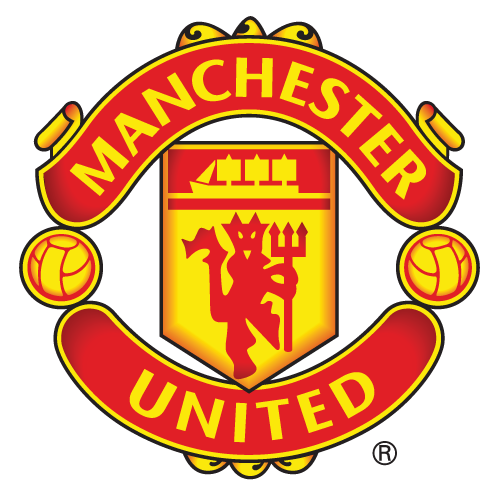 Manchester United: Aiming for 10th place
Manchester United: Aiming for 10th place
The global chemical company INEOS was supposed to fix this when it acquired a stake in Manchester United in 2023.
It was supposed to realize that this team wasn’t remotely close to competing for a Champions League place, let alone a league title. It was supposed to stop trying to win now and instead try to win four or five years from now. It was supposed to create a culture that was agnostic of the manager. Yes, the coach mattered, but given the average manager only lasts for two years, at most, the path to sustainable long-term success wasn’t a transformative coach but rather a transformation of the club’s on-field vision.
One of the cheat codes to fast-track a championship and fulfill that vision: a homegrown player who becomes a superstar. Per some estimates, Liverpool saved close to €150 million from not having to go out and acquire Alexander-Arnold. Arsenal are probably getting even more from Bukayo Saka, given that he plays the premium position in the sport. These kinds of players basically give you €100 million extra to invest in the rest of your team.
I’m not saying Alejandro Garnacho will ever hit the same level as either Alexander-Arnold or Saka, but Garnacho is quite easily United’s best in-house prospect. Here’s where he ranked among all players 20 and under across the Big Five leagues for that expected goal and possession value number mentioned earlier:
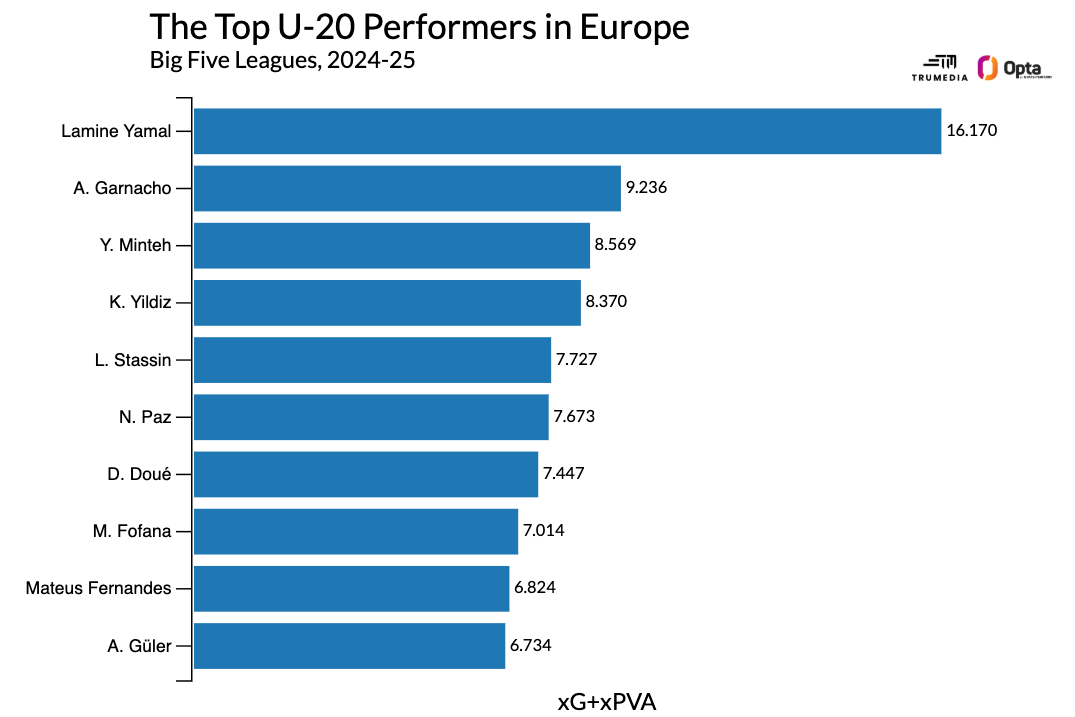
And yet it seems as if the club — particularly manager Ruben Amorim — have decided to move on from the Argentina international because of off-field or interpersonal issues. You’d think that a club with a healthy culture would be able to handle a theoretically immature but incredibly talented 20-year-old. You’d also think Garnacho provides way more value to Manchester United than Amorim does.
But let’s say it was impossible to keep Garnacho with the team because of maturity issues or whatever. Well, then I have a hard time understanding how replacing him with €74.2 million worth of Matheus Cunha is the answer.
With Wolves, Cunha had a number of his own controversies this season — with opponents, opposing staff and his own fans. Plus, he is six years older than Garnacho. And while Cunha was a much more valuable player this past season, I’m not sure there’s any reason to believe he’ll be more effective in the future.
Why? Well, he scored 15 goals — but they came on just 8.65 xG:
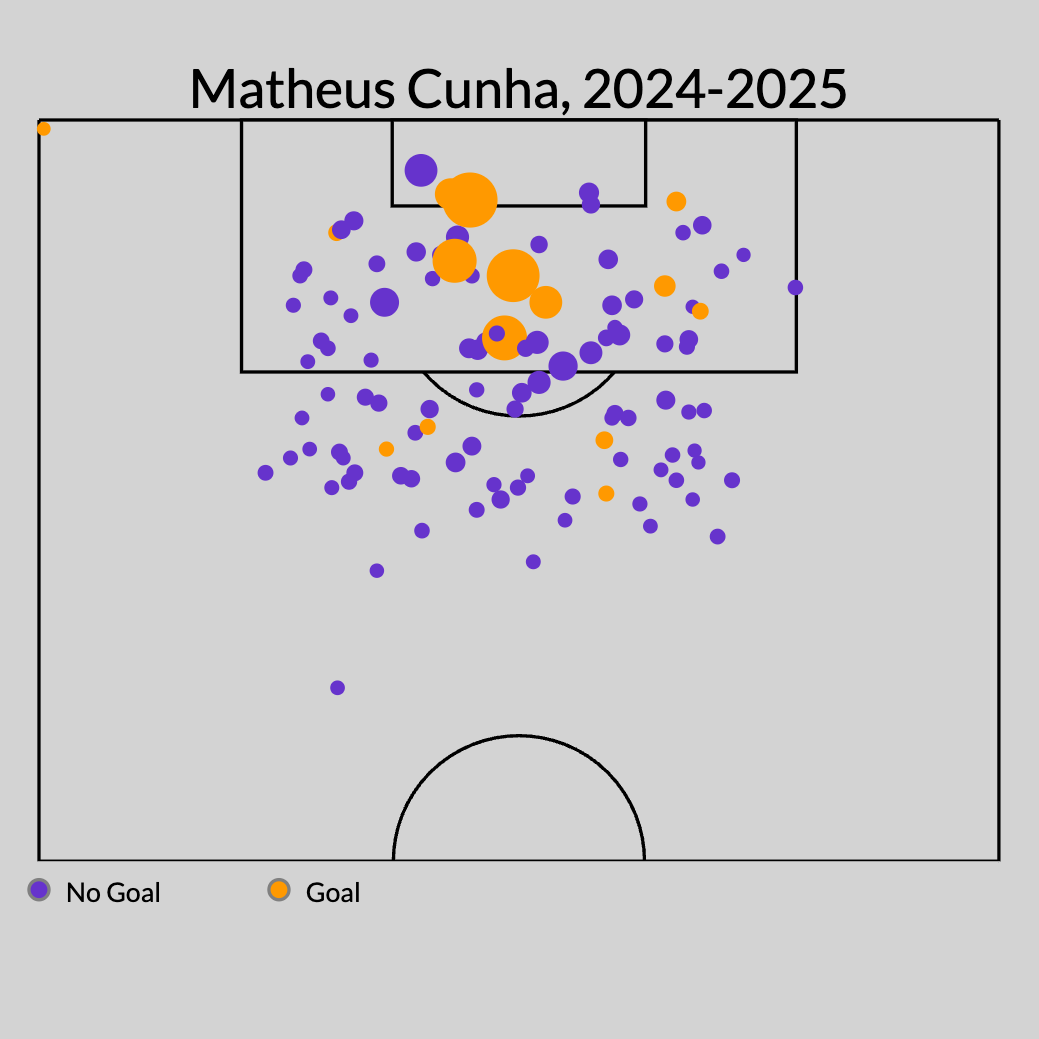
The gap between goals and expected goals for Cunha was the third largest in the league, so he’s likely to regress back toward a more average level of finishing this season. A better representation of what to expect from him on the attacking end would be something like his non-penalty expected goals and assist rate per 90 minutes across his Wolves career. That number: 0.46, just a couple of ticks below the 0.49 that Garnacho has posted in his three seasons at United.
If Manchester United are going to make a serious run at a major trophy again, it’s not going to be for another four or five years. By then, Garnacho will only just be entering his prime years, while Cunha will be entering his 30s.


![FC 25 – Real Madrid vs. Al Hilal – FIFA Club World Cup 2025 Full Match | PS5 Pro [4K60]](https://overtimearena.blog/wp-content/uploads/2025/06/1750196712_maxresdefault-218x150.jpg)













